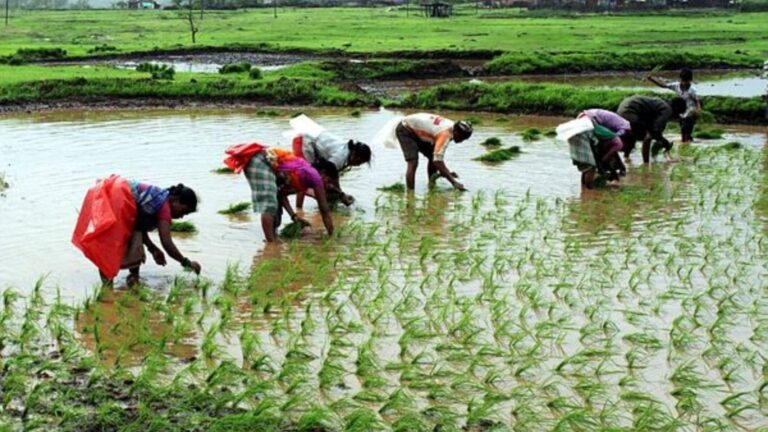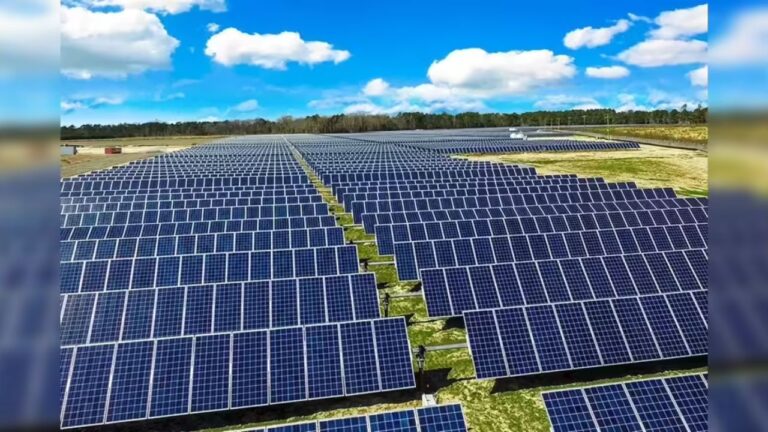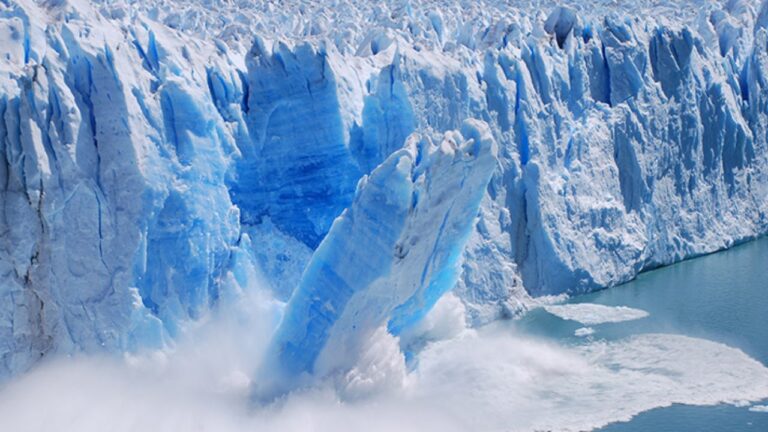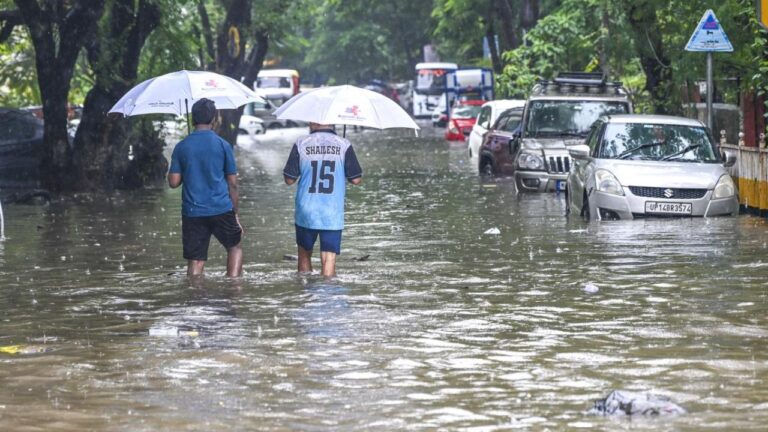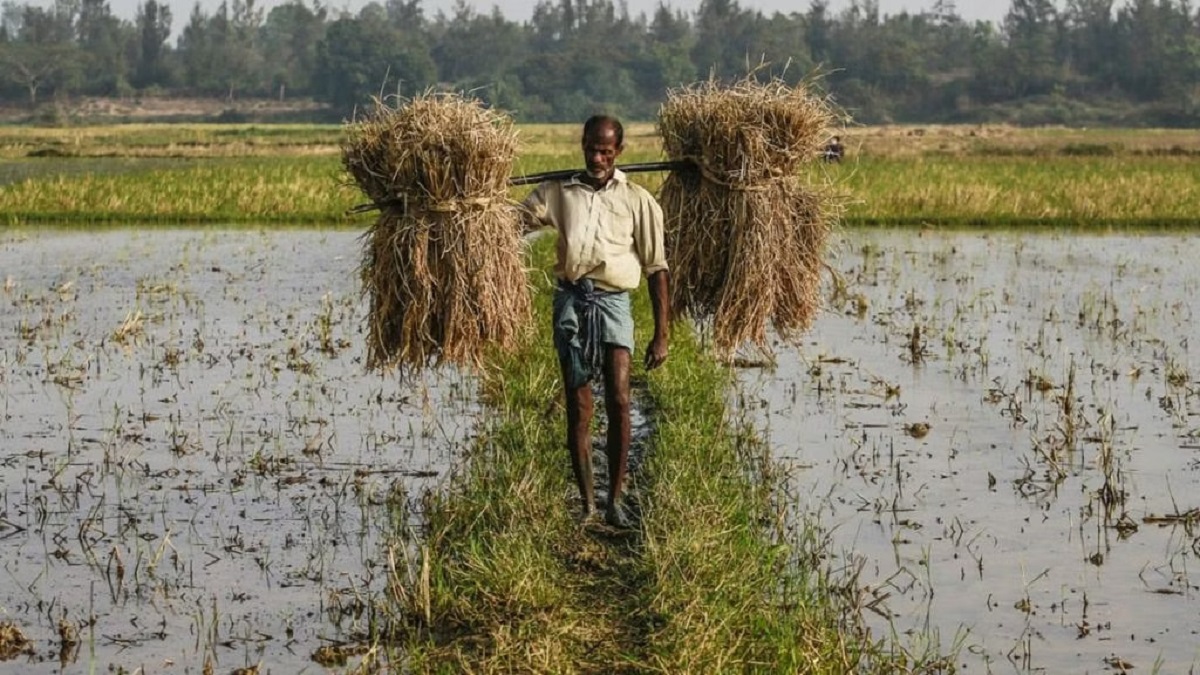
India faces a growing concern over water availability as water levels in the country’s major reservoirs remain critically low. According to a recent bulletin from the Central Water Commission, the water levels in the 150 major reservoirs stand at only 22% of their total capacity. Out of these, 28 reservoirs have reached 50% of their normal storage capacity, 85 reservoirs are at about 80% of normal storage, and 65 reservoirs are at or below 80% of normal storage levels.
Regional Disparities in Water Availability
The central and western regions of India are among the hardest hit by the water scarcity. Data reveals that the available water level in reservoirs this week was 38.491 billion cubic meters (BCM), a significant drop from last year’s 48.592 BCM and the ten-year average of 41.953 BCM. Despite a slight improvement in the southern regions, where storage in 42 reservoirs increased marginally, other regions continue to suffer from dwindling water supplies.
Monsoon Brings Partial Relief
In a slight positive development, the progress of the monsoon in southern India has prevented further declines in reservoir levels for the first time in 35 weeks. The southwest monsoon, which arrived on the Kerala coast on May 31, has brought substantial rainfall to South Peninsula India, with Bengaluru recording its highest single-day rainfall in 133 years on June 2. Since June 1, the region has experienced 50% excess rainfall.
Monsoon Outlook and Agricultural Impact
The India Meteorological Department (IMD) has forecasted above-normal rainfall at 106% of the long-period average for the June-September monsoon season. The monsoon season is crucial for India’s agriculture, as it accounts for nearly 75% of the country’s annual rainfall. This rainfall is vital for replenishing reservoirs and aquifers and meeting power demand. Approximately 56% of India’s net cultivated area and 44% of food production depend on these rains.
Impact of El Nino and La Nina
The emergence of El Nino in June 2023 led to patchy monsoons and prolonged dry spells, contributing to the current low water levels in reservoirs. However, the weather bureau predicts that El Nino conditions will turn neutral, with La Nina conditions setting in by August-September, potentially leading to better rainfall distribution.
Current Water Storage Levels
As of Thursday, live storage in the 150 reservoirs was 79% of the corresponding period last year and 92% of the ten-year average. The southern region saw a slight improvement, with storage levels increasing to 14% of the 53.334 BCM capacity. Conversely, water levels in the western and central regions continued to decline, with significant shortages reported in several reservoirs.
Heatwaves and Monsoon Progress
The slow progress of the monsoon in certain regions can be attributed to unusually high temperatures in northwestern and eastern India. The IMD has warned of continuing heatwave conditions in these areas over the next few days, with temperatures reaching up to 47.5°C in some parts.
India’s water crisis continues to pose a significant threat to its water supply and agricultural output. While the monsoon brings some relief, the regional disparities in water availability and the impact of extreme weather conditions underscore the urgent need for effective water management strategies to mitigate the ongoing crisis.

